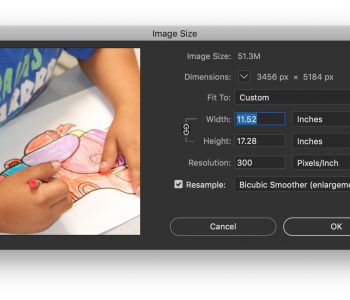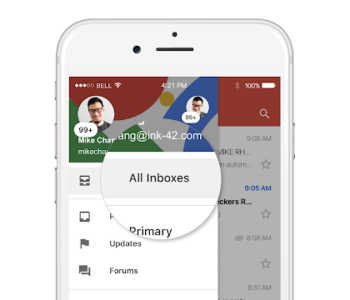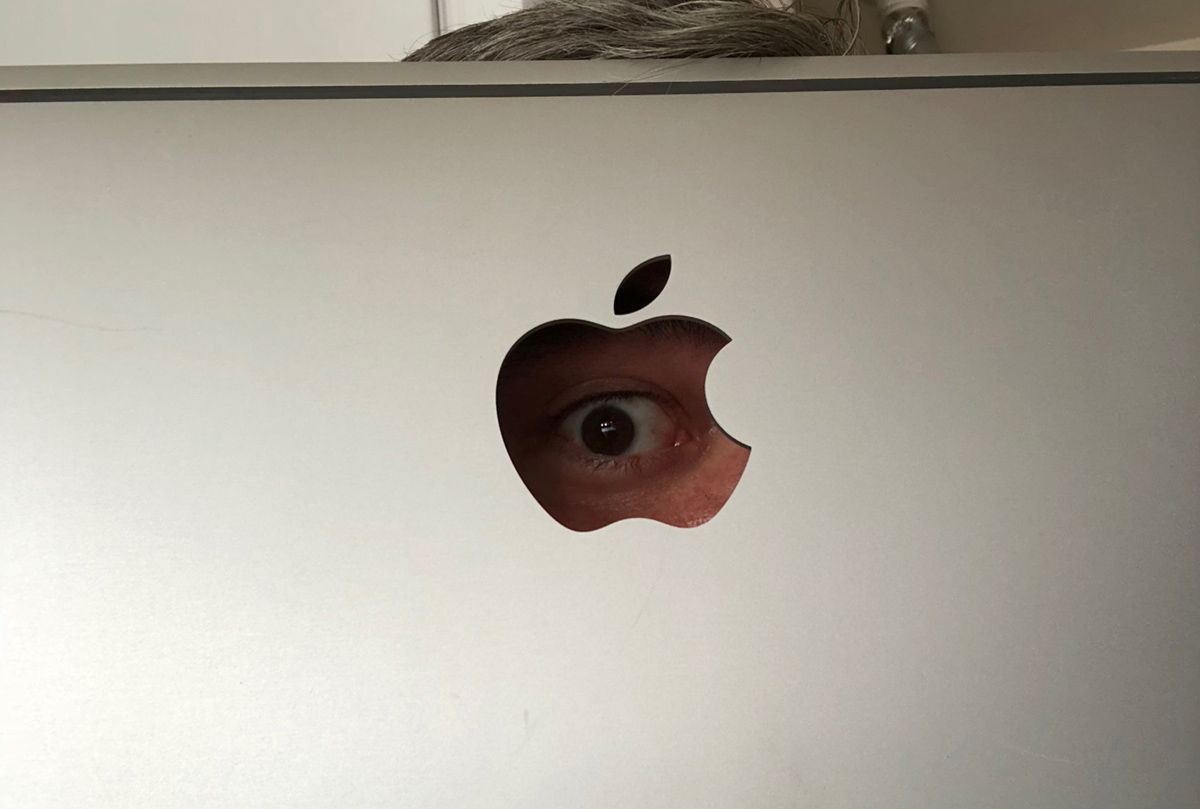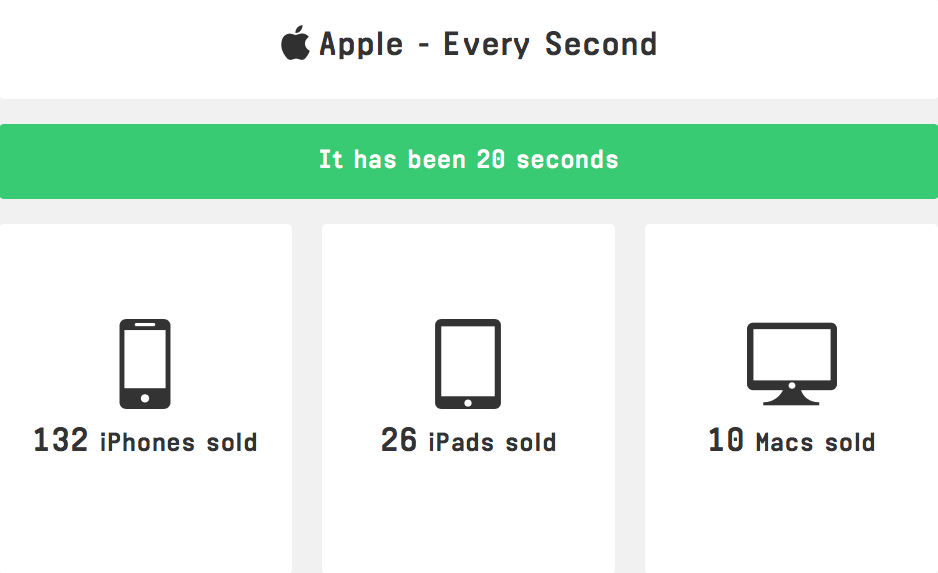
From the ‘no-duh’ department: Print is more valuable than…
As a primarily print designer, the news of Temple University’s Fox School of Business study that showed that print (advertising) is more valuable than digital was music to my ears. That being said, I have to wonder why it took what I’m sure was a time-consuming and expensive study to illustrate the obvious. Here are my thoughts on their findings:
1. Engagement time
The study found that people spend more time looking at printed material than they spend on glancing at the same information in digital form. It appears we linger longer over print.
No-duh. It takes longer to actually read a piece of printed material than it does to skim the headline and an image or two of a website. The fact is that people skim websites, so the copy for it is purposefully written to be brief and to the point.
2. Emotional stimulation
Printed materials appear to stimulate our emotions more than digital stuff. The study used biometric analysis of emotional response and found that all the signals of emotional engagement, such as heart rate, sweat production and the amount of body movement, were higher with print than with digital.
No-duh. Printed materials stimulate emotions because they stimulate up to four of our senses. Not only are you looking at the printed materials, but you’re seeing them in a 3D space. You can smell the paper and ink, and you can feel the material it’s printed on. In some cases, just hearing the pages of a book or magazine can be stimulating.
3. Memory speed and confidence
People were more confident they could remember printed material than they were with digital information. They were also able to recall information more quickly from print than from digital.
No-duh. Because you actually read something on printed material instead of skimming it from a website.
4. Desirability
This is a significant point for ebusiness as it seems that people desire products that are presented to them in printed form, more than they want the same things that are provided digitally. That suggests your conversion rate would be higher for print than for digital.
No-duh. Because it’s real. Because it uses a small amount of space to carefully present a sales pitch to the viewer in an appealing way. With the web, most sites hock their crap by sloppily placing a bunch of sales gibberish, outrageous claims and cheap photography on a page crammed with unrelated ads. Just like every other site.
5. Value judgement
The research found that people provided a higher valuation for items in print than they did for digital. In other words, you can charge more money for items you sell through print compared with online.
No-duh. See my first point in #4. It’s real. Any dipshit can throw together a website for a crappy product in an hour or so. People understand what’s involved in producing printed material. There’s a legitimacy given to things in print that will never be given to digital.
No-duh. The download.
My intention wasn’t to bang on this study, which you can download in PDF format here. I just wanted to point out that in many cases, the simple most obvious assumptions are predictably the most obvious and accurate results.
As it relates to design, don’t try to be too clever. Often times the most obvious solution is the best one.







